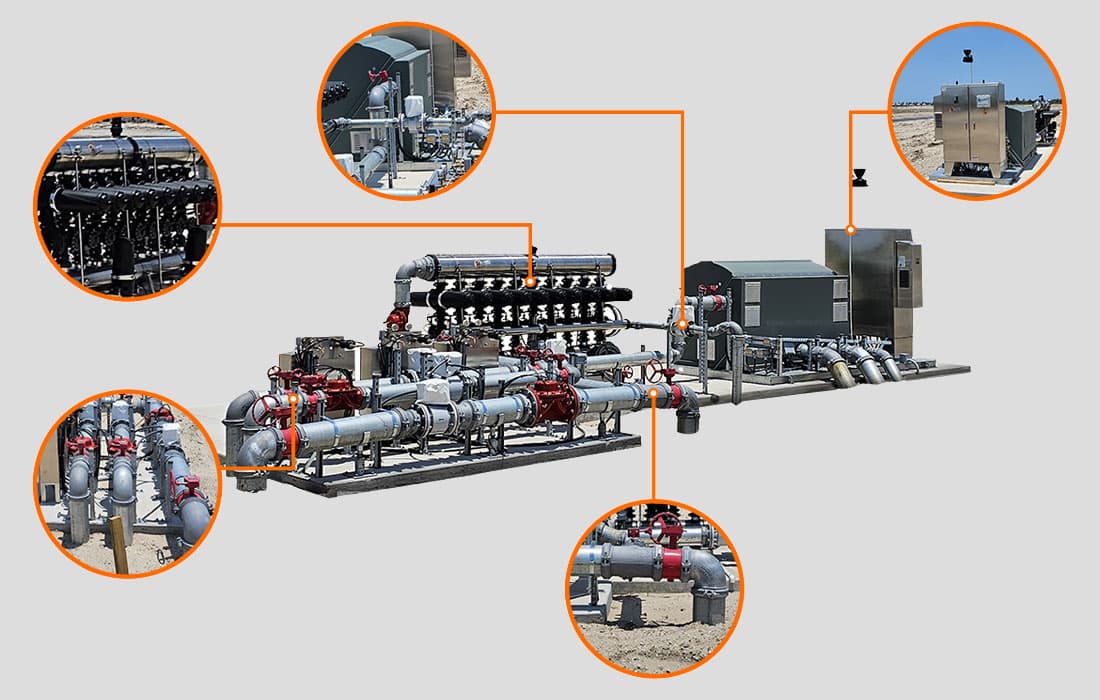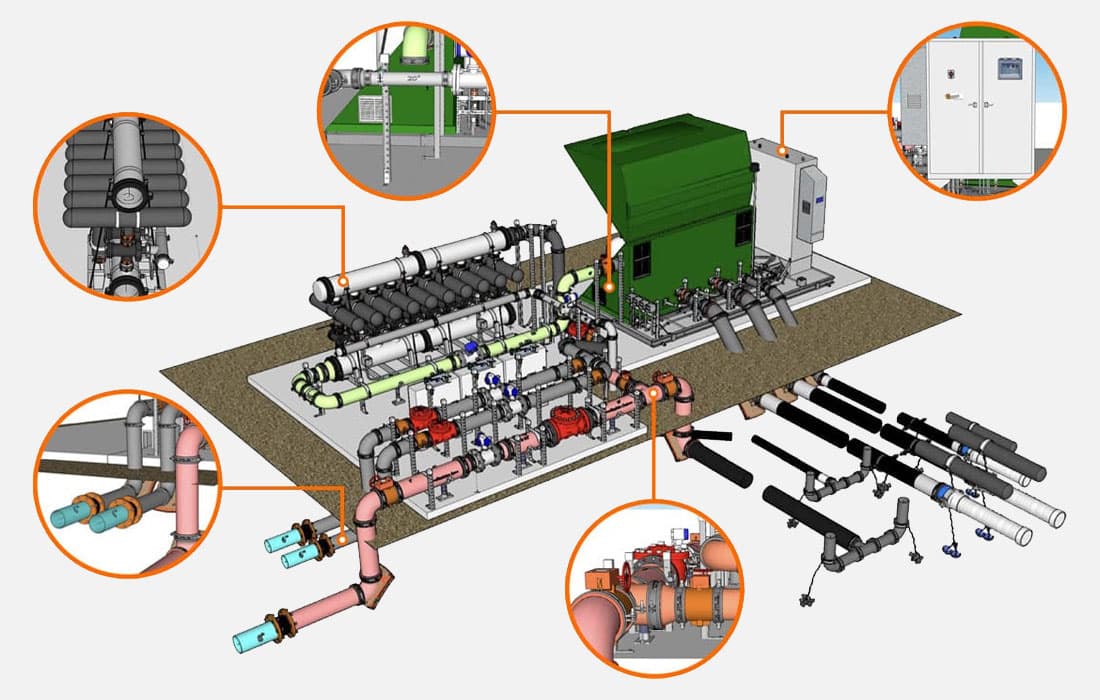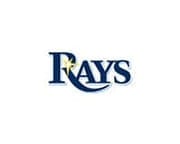We Understand Florida’s Climate
When it comes to maintaining healthy landscapes, our climate poses a serious challenge. Residents and customers expect to be presented with thriving greenspaces – replete with ornamental flower beds and established lawns.
But efforts to irrigate and therefore protect green spaces with anything close to efficiency are often stymied by a humid subtropical climate that’s characterized by extreme temperatures and harsh storms, high humidity and erratic rainfall.
Florida’s climate also impacts efforts to move and store the large volumes of water needed to support municipal projects – fluctuations in our water tables can leave intakes sitting above the water level in your irrigation lake, and storms can wreak havoc on the electronic ‘brains’ of modern pump systems.
These hazards can (and do) trip up out-of-state operators – or less evolved manufacturers, who simply do not realize that there are complex and multifaceted challenges to irrigating in Florida’s increasingly harsh climate.
But our team works with these conditions every day. They know how to design systems to account for the systemic pressures introduced by frequent torrential downpours and lightning storms, as well as compensating for extended droughts or long periods of high humidity.
This long standing experience feeds through to every aspect of our approach, and the practices that underpin our pump system design work.
It’s been the driving force behind the development of our intelligent irrigation software - Hoover Flowguard - which is designed to maximize the efficiency of your system by monitoring a plethora of minute but important signals from your pump station(s).
Our long-standing experience with Florida's climate is also the reason that the overwhelming majority of Hoover pump stations are equipped with advanced surge suppression devices, weather-proof enclosures and class-leading filter systems.If you’re looking for a solutions provider with the advanced domain knowledge needed to support a Florida project, we’re the people to call.


































